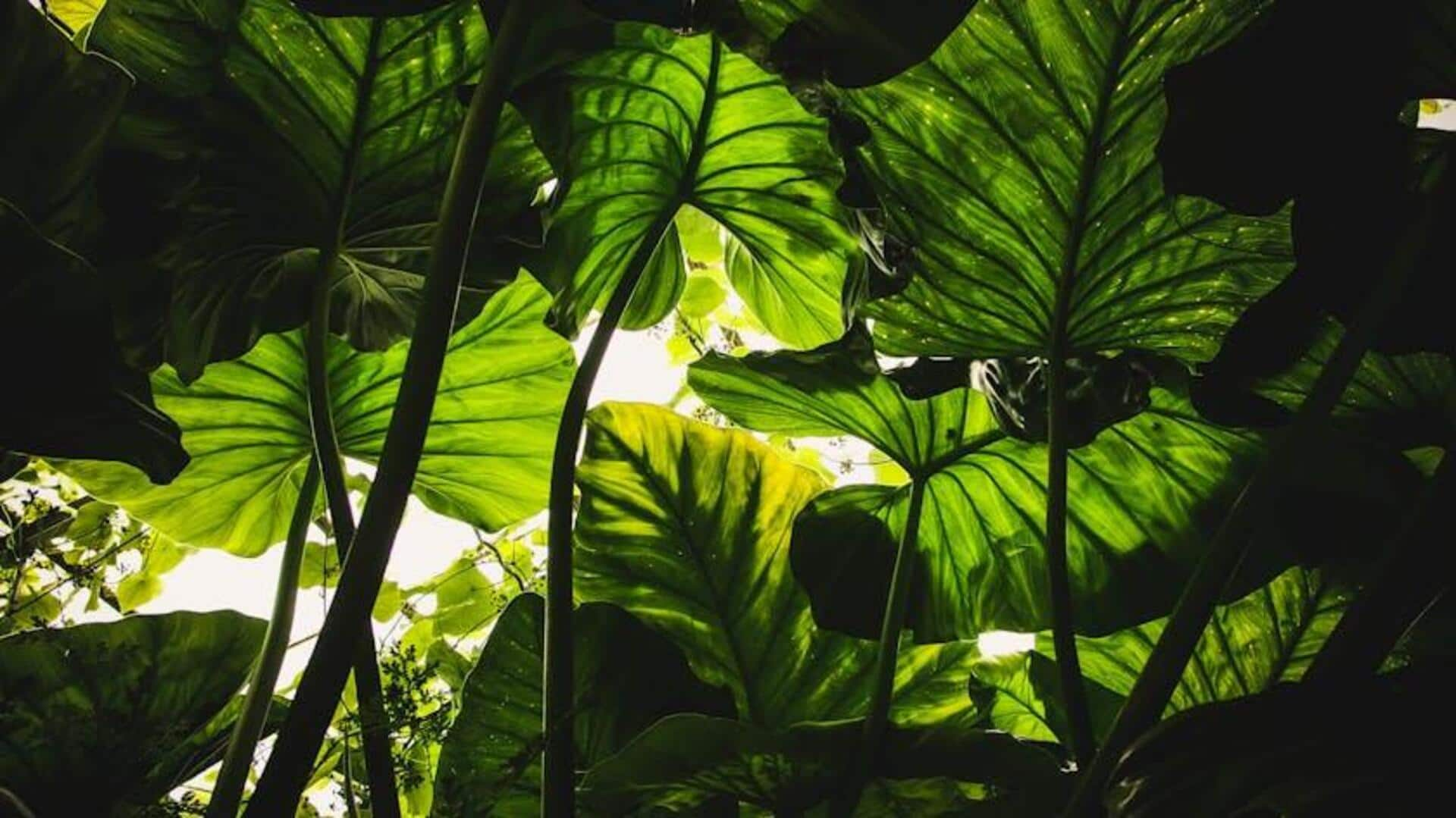
Uncovering the secret language of plants
What's the story
Delving into the world of plant communication offers a whole new adventure for nature enthusiasts. The concept that plants can communicate, not only with each other but also potentially with humans, is a fascinating field of study. This article is all about chlorophyll whisper walks, during which you can experience the "subtle exchanges between plants."
Signals
Understanding plant signals
Recent research has shown that plants communicate through several means, including the emission of volatile organic compounds (VOCs) when experiencing stress or damage. These signals can warn nearby plants, leading to changes in growth patterns or increased production of defensive chemicals. Chlorophyll whisper walks provide guided tours explaining how scientists measure and interpret these plant signals, offering a unique insight into the world of plant communication.
Networks
The role of mycorrhizal networks
Mycorrhizal networks, aka the Wood Wide Web, are the internet of the plant world. These underground fungal superhighways link plant roots, letting them trade resources and even warnings about pests and drought. On chlorophyll whisper walks, you can discover how this secret network runs the show beneath your feet, keeping forests healthy and happy.
Sensory
Sensory experience on walks
Chlorophyll whisper walks are not about information, they are about experience. As you amble through forests or botanical gardens, you will be urged to use all your senses. You will be asked to feel the leaves, inhale the petrichor, and strain your ears to hear the buzz of bugs that help in plant pollination and communication.
Engagement
Practical tips for engaging with plants
If you are keen on enhancing your bond with nature through plant communication, there are many things you can do at home, you don't have to rely on guided walks. Spend time in silence with trees, observe plants and their cycles, try to grow your own garden. You will slowly start understanding and appreciating the complex world of plant interaction.